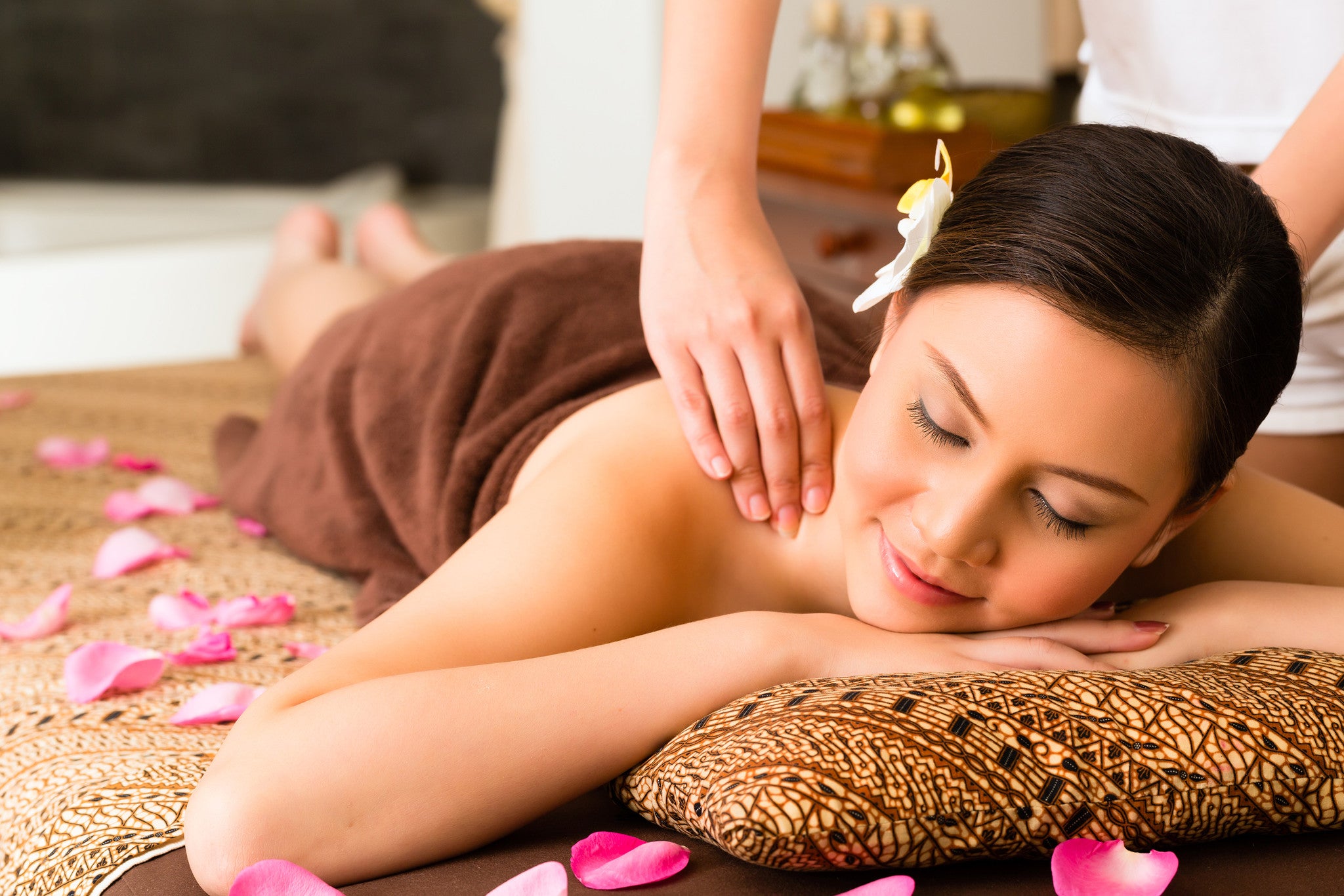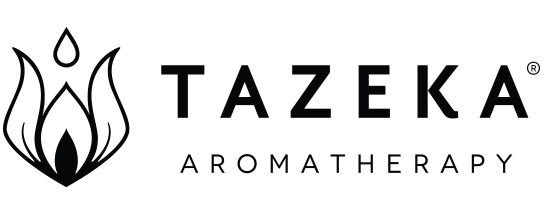
You’re probably using essential oils in some capacity in your practice. Maybe you’re diffusing essential oils in your therapy or waiting room, using them as part of a massage oil blend, or incorporating them in a steamed towel at the close of your massage. (All excellent ideas, by the way). Have you ever wondered just how much of the essential oils that are applied topically are being absorbed?
To understand dermal absorption, we need to revisit the layers of the skin. The outermost layer of the skin, called the epidermis, has five distinct layers. These five strata are the layers of the skin that matter most in determining transdermal drug delivery.
Remember the mnemonic, “Come, Let’s Get Sun Burned”? This is the breakdown of epidermal layers from superficial to deep: stratum corneum, stratum lucidum, stratum granulosum, stratum spinosum, and stratum basale. Only the thickest areas of the skin (soles and palms) have all 5 layers; the stratum corneum is not found in the entire rest of the skin.
In order for essential oil molecules to enter the blood stream, they first need to pass through the all of the layers of the epidermis present in that part of the body. Fortunately for massage therapists, the molecules found in essential oils are very tiny and are lipophilic (fat-soluble), which makes them the ideal candidates for transdermal applications.
Even though essential oil components are ideal candidates for transdermal delivery, it doesn’t mean that they are absorbed in their entirety. Essential oils are volatile. Since they readily enter the gaseous phase, components that could have potentially entered through the skin can instead be lost to the surrounding air. Additionally, the body has nifty detoxification enzymes that are located throughout the epidermis. These enzymatic pathways metabolize essential oil components before they can reach the blood stream.
Despite the many challenges that essential oil components face en route to the blood stream, they are still able to do so and in measureable amounts. One study conducted with lavender essential oil tested for linalool and linalyl acetate (the two major constituents of lavender essential oil) in the blood following a gentle abdominal massage with a 2% lavender massage oil. Amounts of both constituents were identifiable in the blood 15 minutes after the beginning of the massage, with the peak occurring around 30 minutes.1

When working with essential oils in massage applications, there are important guidelines to consider. It is imperative to dilute your essential oils. You can use either a lotion or oil-based carrier, both work exceptionally in aromatic massage. Dilution is especially important when working with whole body applications of aromatherapy blends. There are different variables to consider (including age, body habitus, chemical sensitivity, etc.), but typically a 2-5% dilution is appropriate for massage blends.
The Greek physician, Hippocrates once said, “The way to health is to have an aromatic bath and scented massage every day.” Your incorporation of essential oils into your practice can help make people even healthier. And don’t forget, even massage therapists need self-care too.
1Jager W, Buchbauer G, Jirovetz L, Fritzer M. Percutaneous absorption of lavender oil from a massage oil. J Soc Cosmet Chem. 1992;43:49-54.



Comments on this post ( 0 )